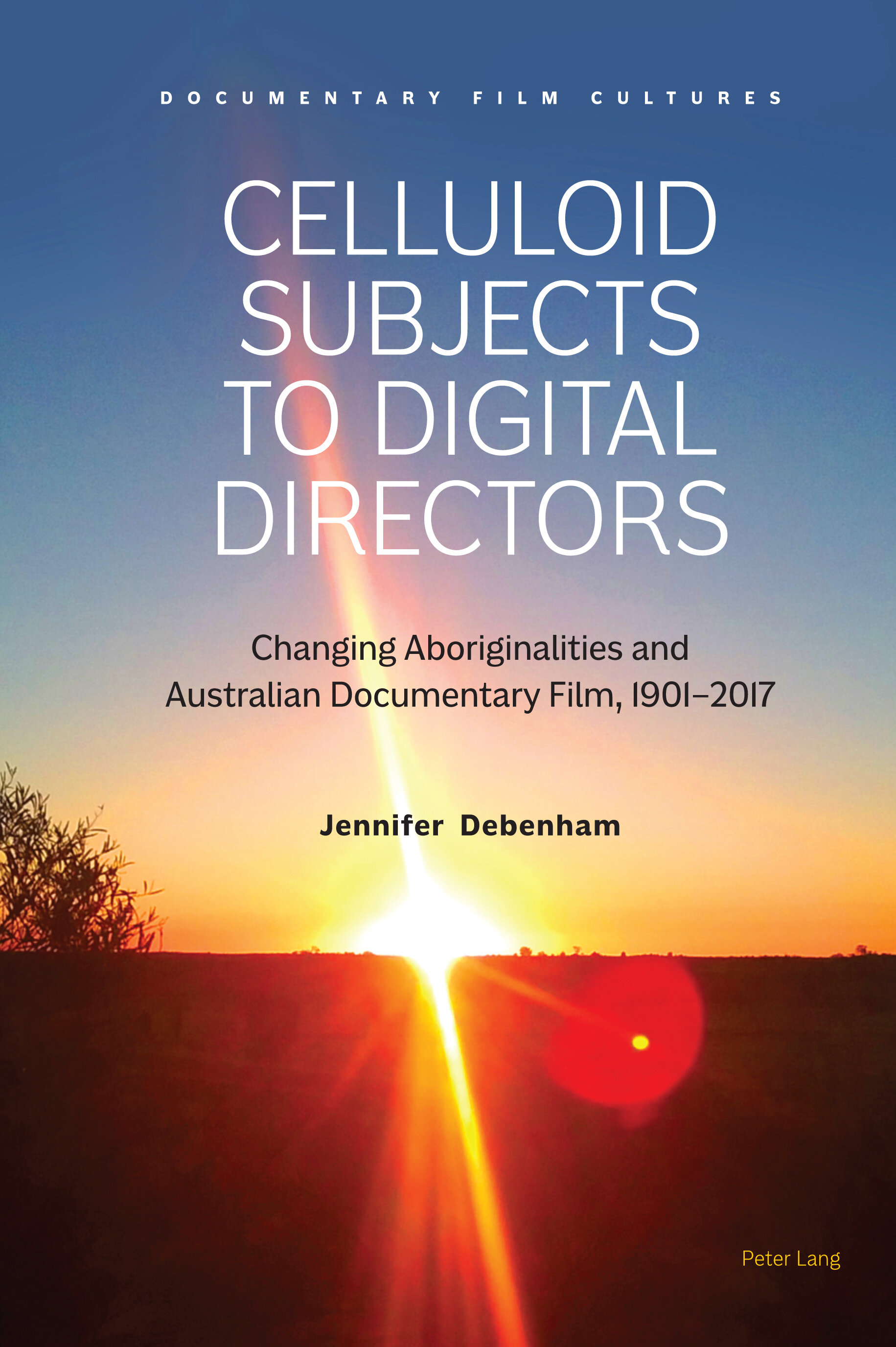Celluloid Subjects to Digital Directors: changing Aboriginalities and Australian documentary film, 1901-2017
This book tells how sixteen films about Indigenous Australians were made and exhibited, and the influence they exerted on mainstream audiences. It is an important contribution to Australian social history and the histories of film and other moving image media.
READ REVIEW
↓
Celluloid Subjects to Digital Directors: changing Aboriginalities and Australian documentary film, 1901-2017
Jennifer Debenham | April 2020
Throughout the history of Australian cinema and, later, television, the reasons for documentary filmmakers filming Indigenous Australians[i] have been guided by the evolving perspective of wider society’s attitudes to Indigenous people. It was not until the early 1970s that Anglo-Australian filmmakers’ prevailing view of Australian Aboriginal peoples as a fixed-in-time race with a limited future was abandoned. At that time non-Indigenous documentary directors began to work more collaboratively to incorporate Indigenous peoples’ points of view and present-day realities. By the early 2000s, increasing numbers of Aboriginal filmmakers were telling their own stories through documentaries and other genres.
The specifics of this transition – from Aboriginal people as onscreen documentary subjects in pre-1960 films, to Aboriginal filmmakers telling Indigenous stories – has seldom been explored by historians beyond short articles and book chapters. Dr Jennifer Debenham’s book Celluloid Subjects to Digital Directors: Changing Aboriginalities and Australian Documentary Film, 1901-2017 describes in detail the circumstances under which sixteen films about Aboriginal people were made by a diversity of initially non-Indigenous and ultimately Indigenous filmmakers between 1901 and 2017.
Debenham’s academic interests have included historical perspectives on mythology, representation, memory, gender, race and class. In this book she examines each of the sixteen films within the context of when, how and why it was made, what camera and film (now digital) technologies enabled in terms of coverage and budget, and how the films were screened. The book makes a persuasive case for how each film was influenced by its era’s broader societal and political perspectives on Aboriginal people, and how films made after 1970 were drivers for social change.
The book is chronologically divided into four parts: Exotic Subjects, 1901-1966; Voices for Change, 1957-1972; Counting the Cost, 1978-1987; and Digital Directors: Decolonising Documentary Film, 2002-2017. From the earliest film examined, Aboriginal Life in Central Australia (1901), through to Aborigines of the Sea Coast (1950), scientific and other filmmakers created works that reinforced for westerners the impression that Indigenous Australians were – to use words from authorities writing some decades ago and quoted by Debenham in her book – a ‘doomed race’ who were ‘at the nadir of evolutionary development’ . In reality, the process of colonisation had by 1901 brought radical change to the lives of most Aboriginal people. Films like Warburton Aborigines (1957) – which told of the contemporary impact on the Indigenous people moved from their traditional lands to make way for the Maralinga nuclear tests and Woomera rocket weapons tests – were comparatively rare.
From The Change at Groote (1968) onward, the films profiled in this book start to include a contemporary Indigenous viewpoint. The landmark documentary My Survival as an Aboriginal (1978) was co-directed by Muruwari woman Essie Coffee, who had considerable input into how the film portrayed her and her fellow residents at an Indigenous housing estate on the outskirts of Brewarrina, New South Wales. Lousy Little Sixpence (1983) and Link-Up Diary (1987) used interviews with Indigenous people to chart the history and impact of decades of government separation of Aboriginal and Torres Strait Islander children from their families, and in the latter film Indigenous people from the Link-Up organisation helped shape the film’s narrative and the content of its discussions. By the time of Whispering in Our Hearts: The Mowla Bluff Massacre (2002) and Willaberta Jack (2007), Aboriginal documentary filmmakers were using oral history to reveal previously hidden histories of the violence and abuses of colonial occupation. Four new documentaries screened at the 2017 Sydney Film Festival – We Don’t Need a Map, Occupation Native, In My Own Words, and Connection to Country – presented Indigenous directors’ perspectives on Australian nationalism, the colonising of Aboriginal people, Aboriginal adult literacy, and the mining industry’s destruction of ancient cave and rock art. All these films exemplified how, since the 1970s, Indigenous people have used documentary film as a tool of self-representation and education, besides challenging previous narratives of colonial settlement and tracing steps to social justice.
The book’s only significant omission is in not acknowledging how, since 1993, the Indigenous Department of the Australian Film Commission, and from 2008 Screen Australia, have developed the nurturing, funding, and profiling of films (including documentaries) written, directed, and produced by Indigenous Australians. Otherwise, Celluloid Subjects to Digital Directors is a valuable reference work, and I highly recommend it for educational as well as general readership.
Reviewer: Graham Shirley, PHA (NSW & ACT)
Celluloid Subjects to Digital Directors can be ordered online.
[i] Debenham’s introduction explains that in her book ‘The term “Indigenous” includes all Aboriginal and Torres Strait Islander peoples. “Aboriginal” is used to specifically identify those people belonging to communities on the mainland and Tasmania’.

